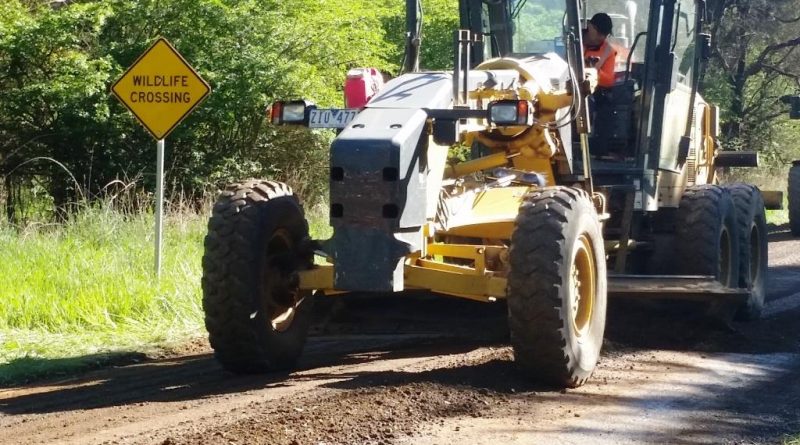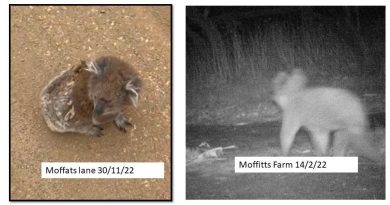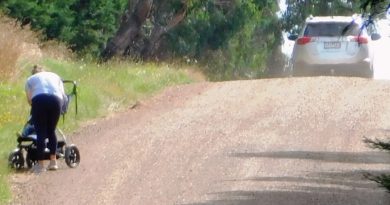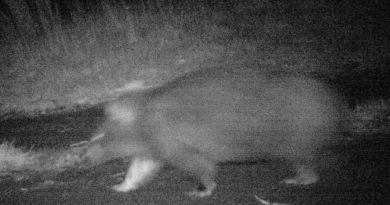Significant omissions in MRSC draft Road Management Plan 2021
Patrick Francis submission to the MRSC
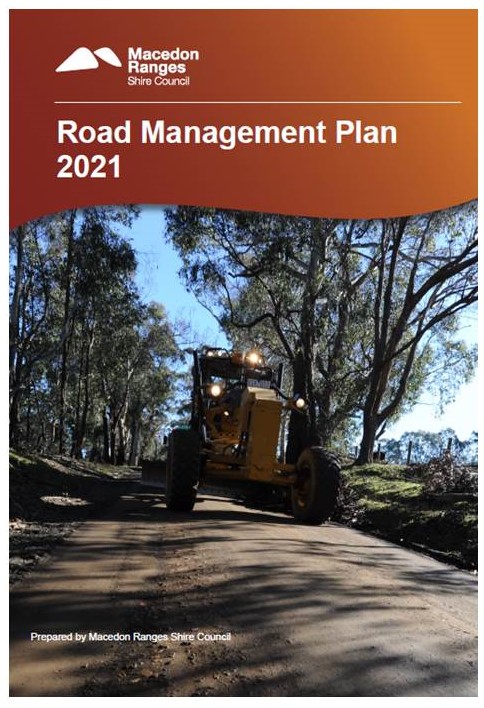
One of the three objectives of the Road Management Plan (RMP) states “Aim to provide a safe and efficient network of municipal public roads primarily for travel and transport.” As well the Road Asset Management Plan (RAMP) which is separate to the Road Management Plan,” … provides assurance to …ratepayers…that road assets are being managed efficiently and sustainably.”
The document contains no information about how efficiency and sustainability are measured. There is no mention of Council responsibility to minimise greenhouse gas emissions associated with road maintenance and its policy objective for net zero emissions by 2050.
Page 8 reflects on “How the Road Management Act affects the community” in the following ways:
· Provides an efficient and safe road network across Victoria.
· Provides roads that best meet the needs and priorities of the community.
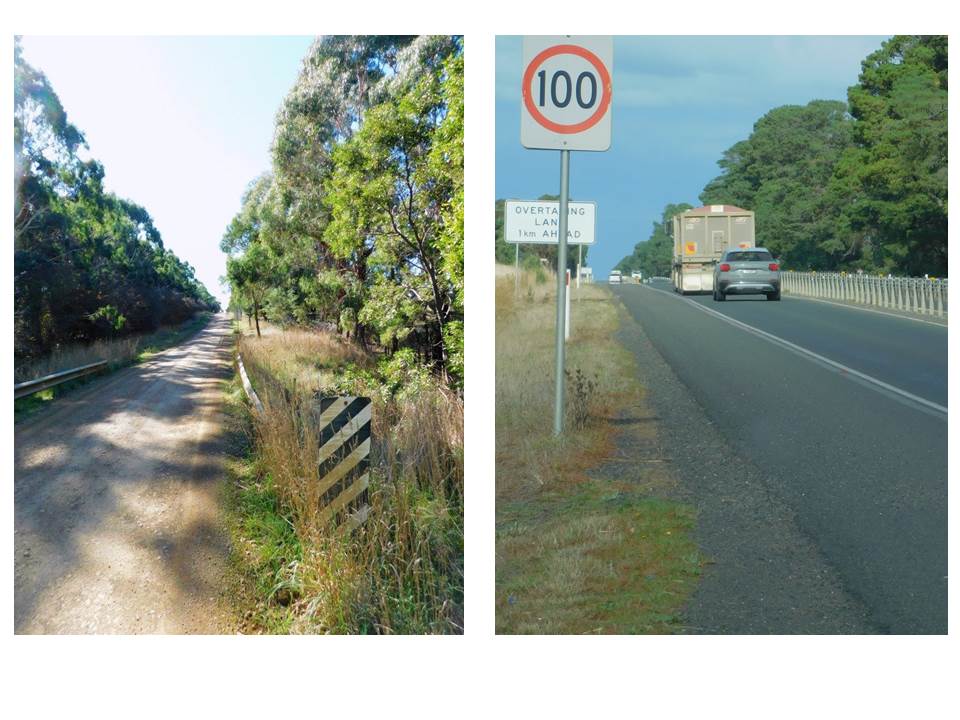
Figure 1: The Draft Road Management Plan fails to recognise significant safety issues for drivers, pedestrians and wildlife on some of the minor rural roads close to towns where the default maximum speed limit is 100km per hour the same as most highways throughout the state. Photos: Patrick Francis.
Page 14 provides Table 1.1 describing different categories in Council’s local road network.
Categories 3, 4, and 5 fail to acknowledge a serious safety issue for local landowners when many of the users are NOT “of a local nature”. Take Black Range Road, Moffats lane, and Knox road west of Romsey. Many of the users are not locals landowners but drivers using the roads as short cuts either to avoid the township or to access the west of the township. Local users travel slowly when approaching and turning into their properties, the short cut users are generally travelling at up to 100km/hr (VicRoads default speed limit) which creates a serious safety issue for local users.
Categories 3, 4, and 5 take no account of new users on these roads since the establishment of housing estates in the Shire for example the Lomandra estate, Romsey. Gravel roads are being used by an increasing number of pedestrians, bike riders and horse riders, so the description should include roads which are shared with these activities. There is a serious safety issue going unrecognised in the descriptions provided in Table 1.1.

Figure 2: The Road Management Plan does not categorise Council managed roads which are now shared by pedestrians, bike riders and horse riders with the default speed limit set at 100km/hr creating a significant safety issue these users. Photo: Patrick Francis
The descriptions for category 3, 4 and 5 local roads fails to recognise that on some roads wildlife are also road users therefore ignoring the safety of animals and vehicle passengers if a collision occurs. This also relates to the Council’s sustainability policy, as wildlife health and safety is part of Council’s responsibility to the environment.

Figure 3: The Road Management Plan does not categorise Council managed roads which are adjacent to high concentrations of wildlife that are a significant safety issue for wildlife and vehicle passengers. Photo: Patrick Francis
On page 16 the Plan refers to customer expectations. It states “the annual customers’ survey measures satisfaction with the overall service.” This survey is far from comprehensive and many local users such as pedestrians, adjacent land owners fear for their safety when roads are being used by outsiders as short cuts and travelling at 100km/hr. Clearly users travelling at such a speed have a different expectation of road maintenance to locals accessing their properties and pedestrians walking along roads for exercise and to view the natural environment.
Page 17 introduces the Risk Management Framework for Council associated with the ownership and management of the road infrastructure. On page 22 the RMP refers to “…the delivery of road transport service at the lowest cost to the community”. Global Warming is a risk and cost all corporations and governments must take into account, yet this document fails to address it. Given road maintenance contributes significant greenhouse gas emissions, the Road Management Plan should address strategies to reduce it contributions or offset its emissions. In this Plan there should be options such as reduced maintenance on some category 3, 4, and 5 roads with users required to travel at slower speeds to accommodate the necessity of lower emissions.
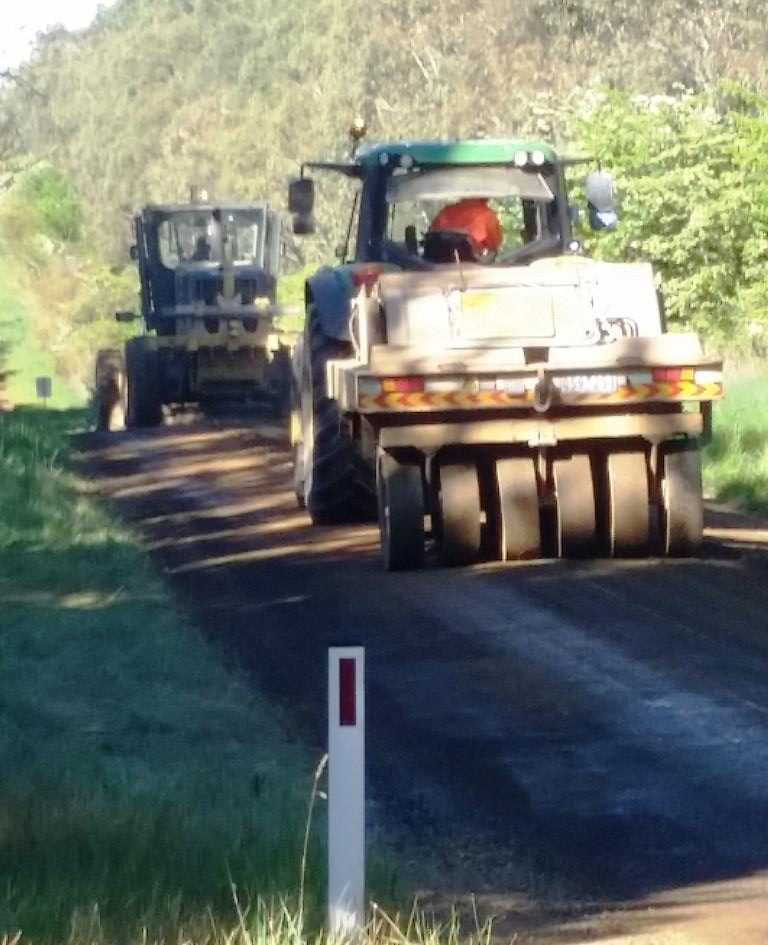
Figure 4: The Road Management Plan fails to consider road maintenance greenhouse gas emissions and their contribution to global warming. Photo: Patrick Francis.
Summary:
The draft Road Management Plan 2021 fails to recognise significant emerging issues around category 3, 4 and 5 road use, namely:
* safety for humans and wildlife
* road maintenance greenhouse gas emissions contributing to global warming.
This is despite the fact the council has declared a climate emergency.

